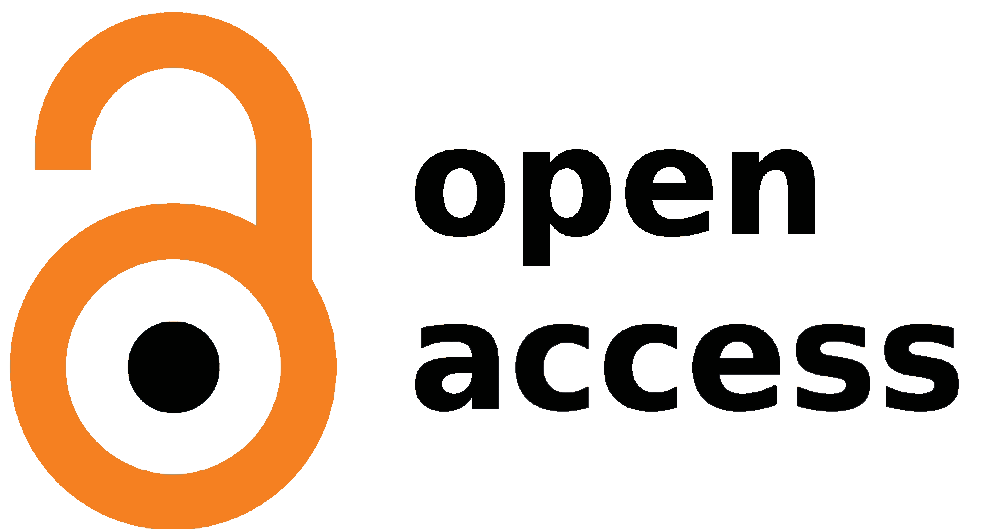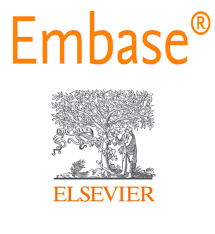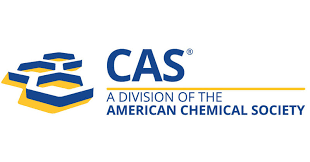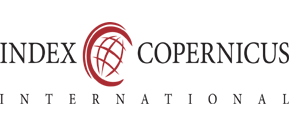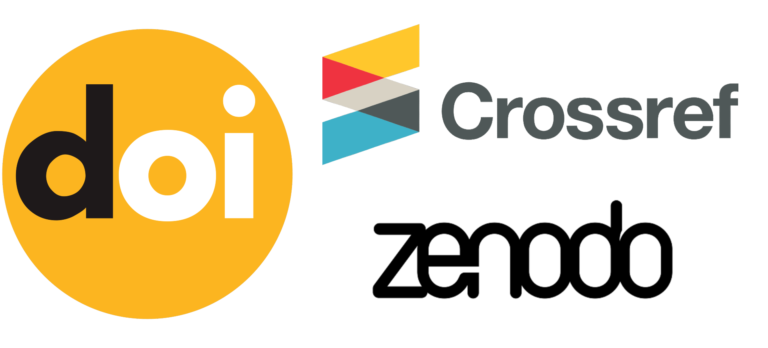COMPARATIVE STUDY OF MICRONEEDLING VERSUS ERBIUM YAG LASER IN TREATMENT OF POST ACNE ATROPHIC SCAR
Keywords:
Atrophic scars, Erbium YAG laser, Microneedling, hyperpigmentation.Abstract
Introduction: Acne vulgaris is a prevalent dermatological condition affecting nearly 90% of adolescents worldwide, often resulting in persistent atrophic scars that significantly impair cosmetic appearance and psychosocial well-being. The pathogenesis of acne scarring remains poorly understood, with individual vulnerability influenced by multifactorial factors. Conventional treatment modalities, including laser resurfacing and microneedling, have demonstrated variable efficacy due to the complex nature of scar formation. This study aims to compare the clinical effectiveness, patient satisfaction, tolerability, and safety profiles of nonablative fractional erbium laser therapy versus microneedling in the management of atrophic facial acne scars. By evaluating these modalities, the research seeks to identify optimal treatment strategies to improve quality of life for affected individuals. Methodology: We used a fractional Er: YAG laser and microneedling Patients participated in a total of four sessions, each spaced out by four weeks. First, around half an hour before the treatment, a topical cream containing lidocaine was applied. Each patient had treatment with a fractional Er: YAG laser, which consisted of three passes in alternating vertical and horizontal directions using the basic mode. These passes were as follows: 1 pass Needle depth of 0.8 mm over the forehead and nose, 2.5 mm over the cheeks and chin. Result: A prospective interventional study was conducted at the Department of Orthopaedics, Pacific Institute of Medical Sciences, Sai Tirupati Hospital, Udaipur, to compare the efficacy of Erbium YAG laser and microneedling in the treatment of acne scars. A total of 76 patients with acne scars were enrolled and divided equally into two groups: Erbium YAG laser (n=38) and microneedling (n=38). The majority of participants (46.05%) were in the age group of 18–25 years, with a mean age of 26.26 years. Males constituted 65.79% of the study population. Fitzpatrick skin type IV was most common (55.26%), and post-inflammatory hyperpigmentation (PIH) was observed in 46.05% of cases, more frequent in the microneedling group. Ice pick scars were the most prevalent type (84.21%). Improvement in Goodman & Baron (G&B) grading after four sessions was greater in the Erbium YAG group, with 86.85% of patients improving to grade I/II, compared to 71.05% in the microneedling group. Final outcomes showed higher satisfaction in the Erbium YAG group. The study concludes that Erbium YAG laser is more effective than microneedling in reducing acne scars, particularly in patients with Fitzpatrick skin types IV and V, though PIH was slightly more in the microneedling group. Conclusion: In conclusions, Atrophic scars are more common in young men aged 20 to 30 years, and men had more atrophic scars than women in both groups. Our study also shows that both treatment Erbium Yag laser therapy and microneedling is effective and efficient in reducing scars, but The Erbium Yag laser was found to be superior to micro needling, and to have a reduction in pain levels and acne scars.
.png)
